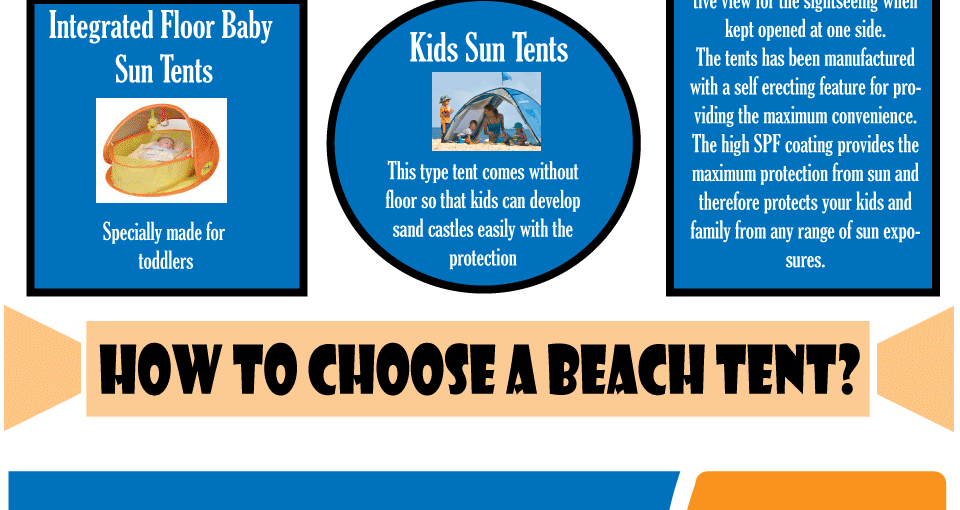While both deal toughness in various environments, it is necessary to figure out which type of insulation will certainly ideal offer your requirements. The insulation you select impacts warmth, weight, water resistance, compressibility and rate.
Down is harvested from waterfowl, generally ducks or geese. It is prized for its agility, easy compression and protecting residential or commercial properties. Nonetheless, down ends up being less effective when wet.
Warmth-to-Weight
A high warmth-to-weight ratio is wanted in exterior clothing and gear. The protecting homes of down feathers make them a terrific choice for this function, as they are extremely cozy and light-weight.
Nevertheless, down loses its shielding capacities when it splashes, implying it requires to be paired with a waterproof covering. Additionally, some people dislike down, making artificial coats a better choice for them.
Artificial insulations are normally made from recycled polyester and developed to mimic down's shielding residential properties. They are not as light-weight as down, yet they do not lose their protecting abilities when they splash and completely dry quicker than down. They are likewise much more affordable than down. Nonetheless, their life expectancy is much shorter than down, leading to higher upkeep and substitute expenses.
Water Resistance
The insulation you choose for your job coat will make a big distinction in just how comfortable you feel outdoors. Nonetheless, the kind of insulation you select likewise has considerable implications for your sustainability objectives.
Down is an outstanding insulator for a number of factors. It's lightweight, compressible, and supplies a great warmth-to-weight ratio. Nonetheless, it doesn't prosper when it gets wet. Down globs up and loses its loft space when damp, which can considerably reduce its capability to trap heat.
Artificial insulation products, such as Thinsulate and Primaloft, hold up far better against wet conditions. They typically have a limited weave or chemical covering that keeps water from penetrating the material. This permits the insulation to remain breathable, even if wet. It deserves noting that synthetics can likewise be unpleasant when damp, but they retain their insulating residential or commercial properties.
Compressibility
While goose down does have a remarkable warmth-to-weight ratio, synthetic insulation does likewise. However, unlike down which soaks up and sheds its insulating abilities when damp, synthetic insulation does not. Therefore, it can keep its loft space and catch warm air in wet problems.
Typically made from polyester sheets or clusters that resemble down, the most typical artificial insulation brands consist of PrimaLoft, FullRange, Thermoball and Patagonia's PlumaFill. While it still can't match down's loftiness and warmth-to-weight, synthetic coats are light-weight, quick to completely dry and more economical than down. This makes artificial jackets best for wet environments, or if you're prone to sweating greatly. Synthetic jackets are additionally much less delicate than down and can lose. This resilience reaches their face textiles which are normally thicker and extra durable than down.
Sturdiness
A major factor to consider in sustainability is a material's long life and durability. Natural materials like cork, ThermaCork broadened cork and Havelock woollen last longer than artificial options like fiberglass and plastic. They also need much less upkeep and can stand up to harsh ecological problems.
However, natural insulation doesn't do as well when damp as synthetic options. Wool and fleece clump with each other when damp, compromising their base camp capability to catch heat. Synthetic insulation, on the other hand, does not absorb wetness and continues to protect also when soaked.
This makes artificial insulation ideal for wet climates and laborious tasks where you could sweat greatly. It's additionally much easier to wash and dries faster than down. This included resilience and reliability make artificial insulation an overall victor in this classification. This translates to long lasting protected job boots that last long and maintain you heat via demanding settings.
Sustainability
Natural materials use biodegradability and a smaller environmental impact, while artificial options brag longevity and ingenious applications that sustain energy effectiveness. However, it is necessary to understand truth environmental effect of these insulation materials from cradle-to-grave.
For instance, if a natural insulation material needs to travel a cross country from its source to the structure site, transportation-related discharges raise its overall carbon impact. Picking locally sourced and recycled items reduces that effect. And, going with GREENGUARD and Cradle to Cradle certifications makes sure that insulation is devoid of volatile natural substances (VOCs) and supports accountable sourcing and labor problems.
Lamb's wool and cork are sustainable insulation resources that are collected without harming the tree or plant. Both have the included advantage of being naturally immune to mold and mildew, pests and wetness.
